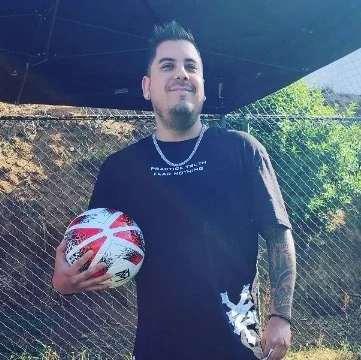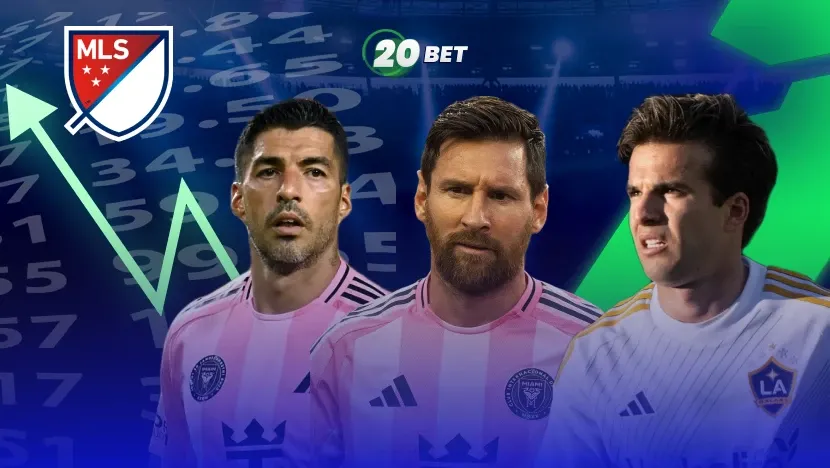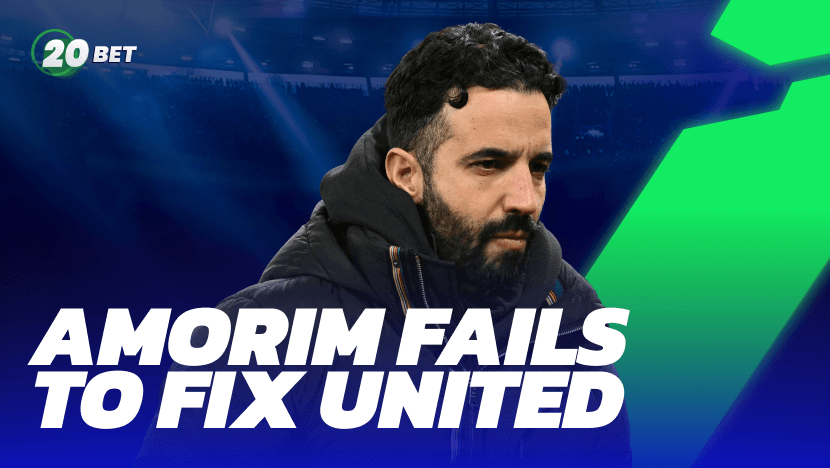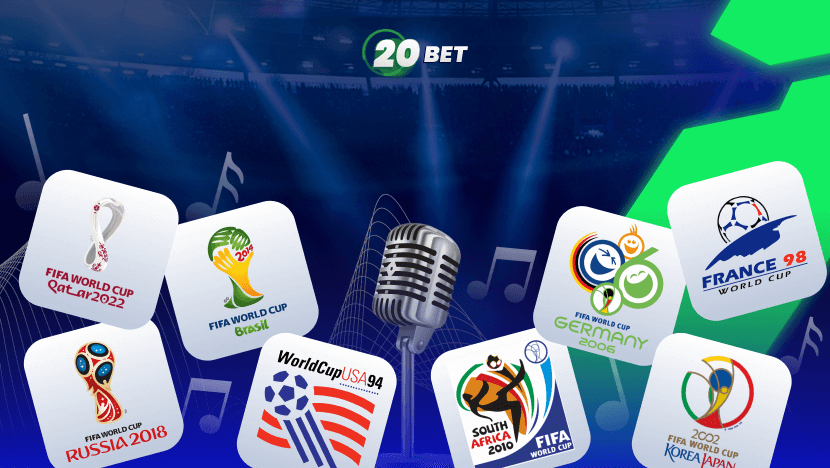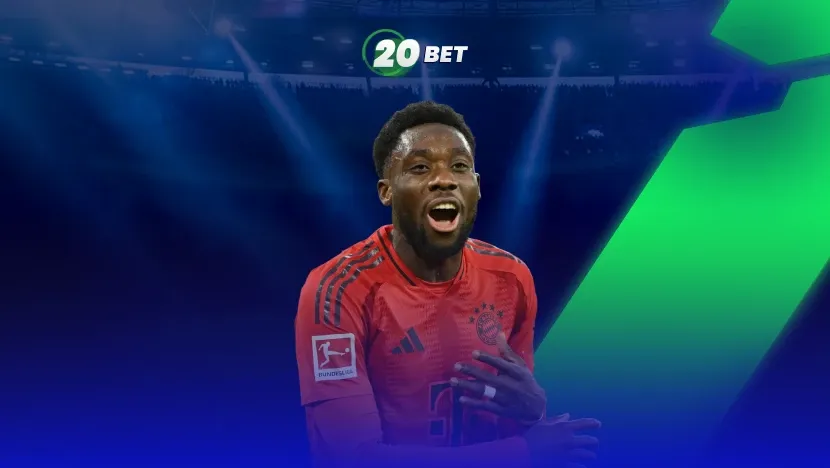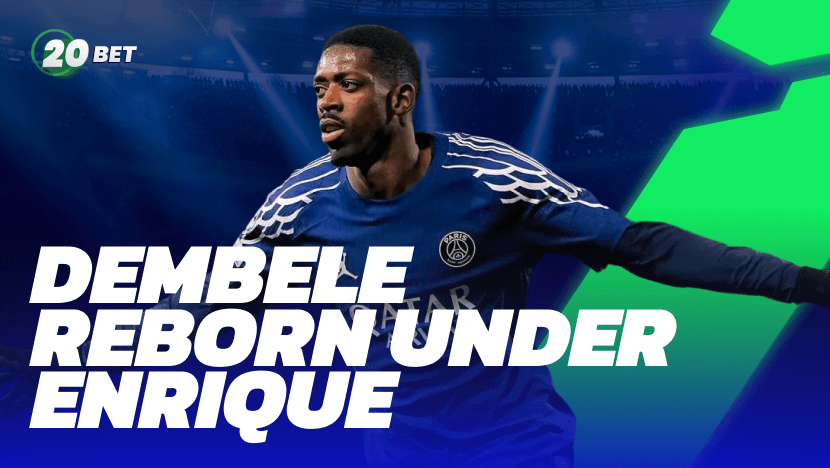Across Major League Soccer (MLS), the savviest players are turning game checks into restaurants, tech startups, and downtown lots primed for high-rise condos. Soccer may be their day job, but ownership is their long-term legacy. Even winning an MLS Cup can’t guarantee that your grandchildren will be rich.
Life Beyond the Pitch – How MLS Players Grow Their Wealth
MLS is no longer a side gig for American athletes: it is a genuine income engine, with top salary lines now rivaling those in some European leagues. Since it operates as a single entity, every player contract is signed by the league office – not by an individual team owner – while MLS club owners (the investor-operators) share in the league’s profits.
Most athletes rely on a dedicated team of agents, accountants, coaches, and advisors to turn match-day pay into diversified assets. Today’s top earners treat their money like stocks in a personal index fund, spreading it across properties, startups, and even crypto coins. They watch markets and chase steady income the way a striker chases goals.
How Much Do MLS Stars Actually Make?
The MLSPA 2025 Salary Guide lists more than 900 contracts, with Inter Miami’s Lionel Messi topping the table at $20,446,667 in guaranteed compensation. Designated Players such as Lorenzo Insigne and Sergio Busquets follow at $15.4 million and $8.8 million, respectively. The league-wide median salary now stands at about $398,000, while the average is higher – that’s a comfortable living, but hardly “never work again” money. Players know the standings can change fast, so building wealth between whistle blows is essential.
Common Investment Avenues for MLS Players
Most pros funnel cash into a handful of reliable buckets that balance risk and effort. The sections below break down the most popular choices and what makes each appealing.
Real Estate
Buying real estate investment trusts (REITs) or whole buildings remains the first stop for many MLS investors. David Beckham’s Miami portfolio includes upscale condos and a planned $1 billion project with a stadium and a hotel set to redefine Miami’s skyline. There are also cheaper entry points: veteran fullbacks often pool funds through private LLCs to pick up rental duplexes near their first clubs.
Restaurants and Hospitality
From steak houses to coffee bars, eateries let athletes put their name on a door and convert social media clout into walk-in traffic. Seattle Sounders goalkeeper Stefan Frei backs an eco-cocktail initiative, and Lionel Messi invested in the restaurant chain El Club de la Milanesa. Margins are thin, but the branding upside feels worth it to many MLS celebrities.
Startups and Tech
Silicon Valley neighbors several MLS teams, so seed rounds flow. Investments range from fitness apps to blockchain ticketing solutions. Beckham has stakes in an esports training startup, while Dallas midfielder Sebastian Lletget has launched 1Seven Ventures, the first venture fund founded by an active MLS player.
Franchises
Commercial franchises, such as burger joints, boutique gyms, or coffee chains, are still a rarity among MLS players. With eight months spent crisscrossing North America, plus extra travel if a club survives the MLS playoff schedule, there’s little time for hands-on management. Because of that grind, most athletes steer toward lower-maintenance investments.
MLS Stars Turned Entrepreneurs
Some players don’t just invest – they build brands. The snapshots below show how a select group turned passions into profitable ventures.
David Beckham
Beckham’s LA Galaxy contract famously let him pocket a slice of the club’s entire revenue stream, which earned him global fame. Today, he’s the poster boy for MLS owners. He secured a cut-rate expansion clause back in 2007, paid $25 million, and now holds a significant stake in Inter Miami, a club valued at $1.2 billion (as of May 2025). Add his esports performance group and high-end Florida property, and the former winger sits on a joint family net worth of about £500 million (about $664 million), as noted by the Sunday Times Rich List 2025.
Kei Kamara
Kamara’s on-field results include ranking second on the all-time MLS scoring list, but his off-field mission hits harder. Through Heart Shaped Hands, he funnels six-figure gifts into school construction and micro-finance in Sierra Leone, essentially treating philanthropy like an impact-investment fund.
Bradley Wright-Phillips
New York Red Bulls legend BWP pivoted into media, co-hosting Apple TV’s whip-around show MLS 360. While studio gigs pay less than his playing days, they open new revenue streams through gate-revenue sharing and premium ad deals. BWP is also set to mentor academy players – think of it as coaching stock options for future transfer fees.
Jozy Altidore and Seba Giovinco
Jozy Altidore joined the limited-partner ownership group of the NFL’s Buffalo Bills in December 2024. Team and conference bios indicate he had already been channeling earnings into Florida rental real estate and early-stage clean-tech ventures, so the football stake simply broadened an investment portfolio he began building years earlier.
Giovinco, meanwhile, became a team owner in the Pro Padel League’s Toronto Polar Bears in 2023, bringing top-tier marketing and cross-sport synergy to a fast-growing niche.
How MLS Clubs and the League Encourage Financial Literacy
The league knows broke retirees make bad headlines, so MLS Player Engagement delivers year-round seminars like Your Financial Game Plan and Protecting Your Legacy. The MLSPA complements that with graduate certificates and MBA pathways through Indiana University’s Kelley School for players and their spouses.
Club Valuations at a Glance
You can’t understand player pay without looking at what the franchises themselves are worth. According to Forbes, Los Angeles FC top the chart at $1.25 billion, while Inter Miami sit second at $1.2 billion after the Messi bump. Rounding out the current top five by enterprise value are LA Galaxy ($1.0 billion), Atlanta United ($975 million), and New York City FC ($875 million). The league-wide average of $690 million acts as a benchmark index closely watched by media analysts.
How to Ride the Wave Without Owning a Club
If you’ve been wondering how to invest in MLS but a nine-figure check feels impossible, here are smaller ways to surf the soccer boom:
- Fan-share platforms such as Rally or Republic occasionally tokenize a fraction of a club’s revenue stream, letting you buy virtual coins tied to ticket sales.
- Esports and Academy ETFs: New financial products lump youth-development returns, merchandising, and streaming rights into a private fund – think of it as the Vanguard of MLS.
Now you know how to invest in MLS, but remember that these instruments remain speculative – no official index exists – so allocate only what you’d risk on high-beta stocks. For a lower-stress route, keep stacking tickets, merch, and memories, then check the standings while your 401(k) compounds.
FAQ
What do MLS players invest in?
